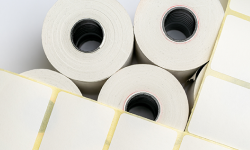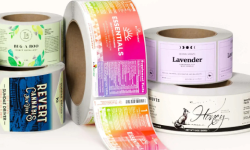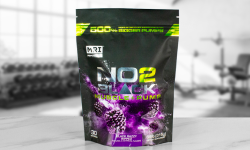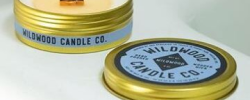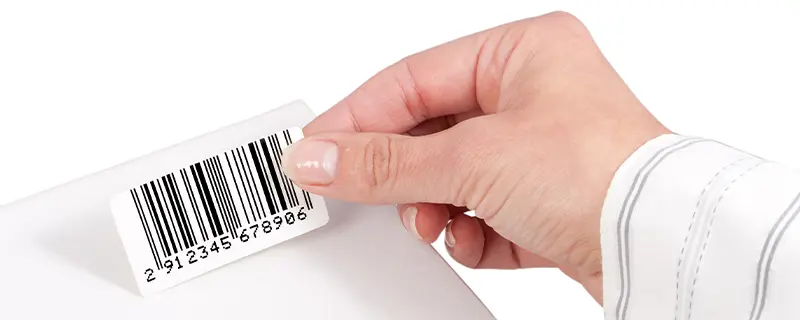
Products sold in a smaller retail or market setting may not need to have a barcode
Imagine a checkout line at your local supermarket that is twenty customers long and there is a clerk at the register frantically entering product names and prices, just trying to keep up with the ever growing line of customers. Then visualize trying to keep inventory on thousands and thousands of products by counting them one by one and having no unique identifier except for the way the packaging looks. Just make sure you don't accidentally skip a number while counting!
| These are only a couple of the reasons that almost every retail product that you see on store shelves has a barcode on the label. The example below is what's known as a UPC barcode (UPC stands for Universal Product Code) and it's designed to uniquely identify your business and your individual product. These labels and barcodes are read by automatic scanning devices, which look up the product details (price etc.) in the store's computer system, and also help record inventory movement as well. Without the barcode, the clerk would need to manually read price stickers and tally your purchases by hand - the way it used to be done - which was both time-consuming and error-prone. | 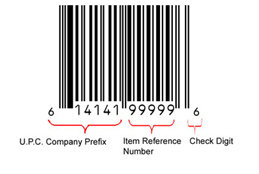 |
However, when it comes time to consider using barcodes for your product, the first question to ask is, "Do I even need a barcode?” In certain retail environments a product might not be required to have a barcode. Many of our customers assume that they absolutely need to have a barcode on their product labels, but it may not be necessary if your sales outlet doesn't use checkout scanners.
There are many smaller ‘Mom and Pop’ retail shops that still choose to manually input inventory numbers and check you out by entering the price at the register. If you'll be selling your products in one of these smaller scale retail spaces or at a farmers market, a UPC code may not be necessary to include on your label. Put simply, if your products are sold where there are no checkout scanners then you probably won't need a UPC code.
Almost all of the medium and larger retailers like Wal-Mart, Whole Foods, or Costco will require a product label or packaging to have a UPC code before the product can be sold or carried in-store.
If your product packaging will be required to have a UPC code, then it's important to consider where you will place the barcode itself. The barcode needs to be accessible on the outermost layer of the packaging so it can be easily scanned. Let's say that your product is a nutritional supplement, and it's sold in a medicine bottle that has a label - and that bottle is then placed in an individual cardboard box (like a standard box of Advil or Tylenol.) It does not make sense to print barcode labels on both the bottle and on the outside packaging. Many times, the only place that the barcode needs to be accessible is on the outermost packaging or label. This will allow you to utilize the extra space on the actual label for other informational or design purposes.
In short, if you're planning to print labels for products that will be sold in a farmers market or small retail setting then you may be able to skip the barcode on your label all together. However, if your product will be sold in a larger retail environment, including a UPC barcode on the label may be an absolute requirement.
In our next post, we'll explore the process of actually getting a UPC code assigned to your business, which is essential before you start making up UPC numbers for your products. After all, if everybody just randomly assigned their own UPC codes, there would be total chaos in the retail world.
